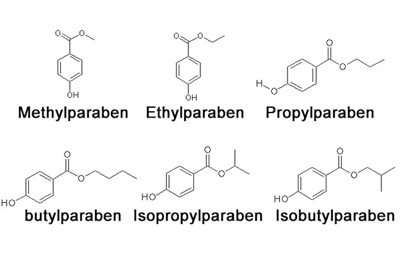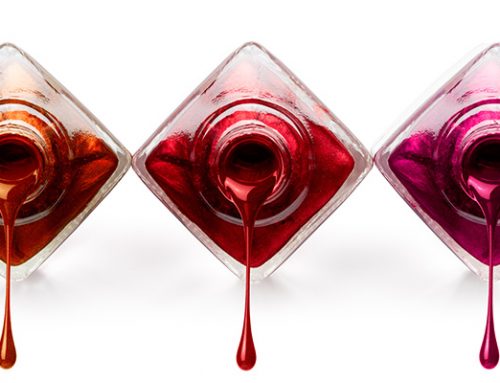
Parabens are present in many cosmetics. We can identify them perfectly on the label by their names, usually in English: methylparaben, propylparaben, butylparaben or benzylparaben. Comparatively, methyl paraben is more effective against molds, while propyl paraben is more effective against yeasts.
Those admitted by the cosmetics legislation in Europe are:
- Methylparaben and ethylparaben: are not a cause for concern if used in the permitted concentrations. They are safe and preservative. They will appear at the end of the cosmetic ingredients list (means they are present in low quantity). These preservatives must be at a maximum of 0.4% concentration in a product (or 0.8% if mixed).
- Butylparaben and proylparaben: although its concentration is usually low, the Scientific Committee of Consumer Safety of the European Commission, SCCS, has recommended reducing its legal limit. Recently the European Commission has limited the use of these parabens to 0.14%, either when they are used alone or mixed. They are also banned in products destined for the diaper area for children under 3 years, such as baby butt creams, and that the skin in the diaper area may be damaged or irritated, which would increase the risk of absorption of these substances.
The European Union banned in 2014 the isopropylparaben and isobutylparaben parabens, and others such as phenylparaben, benzylparaben or pentylparaben (actually very little used). It is considered that there is not enough information about its risks so it is not possible to assess its safety and therefore should not be used.
Parabens have been used since 1925 as cosmetic preservatives in dentifrices, creams, deodorants, shampoos, children’s cosmetics, gels, lubricants, tonics, makeup, nail lacquer …, but they are also used in their different types to preserve pastries, precooked food , soda, sauces and even fresh meat. They are also used for the composition of various pharmaceutical products, such as cough syrups, antacids, vaginal fungicides, antibiotics and in paracetamol and ibuprofen compositions.
They have a preservative and protective function, prevent infection with microorganisms (microbes), fungi or bacteria. Parabens are widely used in the cosmetic industry, approximately 70-90% of frequently used cosmetic products.
Normally instead of parabens, formaldehyde releasers such as DMDM hydantoin, Imidazolidinyl urea or Quatermium-15 are included, since they are cheap and very soluble in water, but are considered allergens; alcohols such as phenoxyetanol, which is an excellent bactericide with broad tolerance; glyceride esters such as glyceryl laurate, glyceryl caprate and glyceryl caprylate, where their effectiveness depends on the length of the chain, are not very effective against fungi; Polyalcohols such as glycerol, propylene glycol, butylene glycol, pentylene glycol, hexylene glycol and caprililglicol, for which its effectiveness depends on the length of the chain, are not effective against fungi but bacteria.


